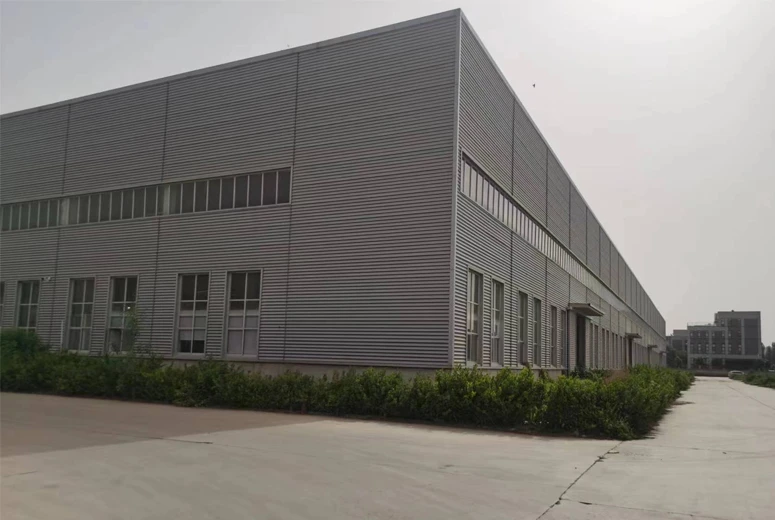cold pilger mill
The Cold Pilger Mill A Pillar of Innovation in Metalworking
The Cold Pilger Mill is an essential piece of equipment in the metalworking industry, primarily used for the production of high-precision metal tubes. It employs a process known as pilgering, which involves the cold working of metal by reducing its diameter and increasing its length through a series of passes. This technique not only enhances the mechanical properties of the material but also improves its surface finish, making it suitable for a wide array of applications.
Historical Background
The origins of the Cold Pilger Mill date back to the early 20th century, when the demand for high-strength pipes and tubes surged due to advancements in industries such as aerospace, automotive, and oil and gas. Traditional manufacturing methods were inadequate in producing tubes with the necessary precision and mechanical properties. The pilgering process emerged as a solution to this challenge, allowing manufacturers to produce tubes that could withstand higher pressures and temperatures.
How the Cold Pilger Mill Works
The Cold Pilger Mill operates by utilizing a set of rollers and dies to shape the metal. The process begins with a pre-formed tube, which is placed inside the mill. As the tube passes through the rollers, it is subjected to both radial and axial forces that elongate and thin the material. The unique aspect of this process is that it occurs at room temperature, which helps maintain the integrity of the metal and minimizes the risk of internal defects.
During each pass through the mill, the tube is typically reduced in diameter by 10-30%. This gradual reduction allows for better control over the final dimensions and properties of the product. The rollers also create a distinct surface finish, which is crucial for applications requiring high levels of cleanliness and precision.
cold pilger mill

Applications and Advantages
Cold Pilger Mills are predominantly used for manufacturing tubes in various industries. In the aerospace sector, for instance, they produce lightweight yet strong tubes for aircraft components. The oil and gas industry relies on these mills to create pressure-resistant tubing for drilling operations. Additionally, applications in the medical field, like the production of catheter tubes, require the precision that cold pilgering offers.
One of the significant advantages of the Cold Pilger Mill process is its ability to produce tubes with exceptionally high dimensional accuracy and surface quality. This not only reduces the need for extensive finishing processes but also lowers production costs. Moreover, the cold working process improves the mechanical properties of the metal, resulting in higher yield strength and fatigue resistance.
Environmental Considerations
In recent years, there has been a growing emphasis on sustainability in the metalworking industry. The Cold Pilger Mill process is inherently more environmentally friendly than traditional hot working methods, as it consumes less energy and reduces waste. The ability to recycle and reuse materials also contributes to its sustainability profile.
Conclusion
In summary, the Cold Pilger Mill stands as a testament to the advancements in metalworking technology. Its ability to produce high-precision tubes with superior mechanical properties has made it a vital component across various industries. As technology continues to evolve, the Cold Pilger Mill will undoubtedly adapt and innovate, paving the way for a future where efficiency and sustainability go hand in hand. Its significance is not just rooted in its operational capacity, but also in its contribution to high-performance applications that enhance the functionality and safety of countless products we rely on daily.
-
High Frequency Straight Seam Welded Pipe Production Line-BzZhou Xinghua Machinery Equipment Manufacturing Co., LTD.|line pipe steel&welded gas pipeNewsJul.30,2025
-
High Frequency Straight Seam Welded Pipe Production Line-BzZhou Xinghua Machinery Equipment Manufacturing Co., LTD.|High Precision&Automated SolutionsNewsJul.30,2025
-
High Frequency Straight Seam Welded Pipe Production Line - BzZhou Xinghua Machinery Equipment Manufacturing Co., Ltd.NewsJul.30,2025
-
High Frequency Straight Seam Welded Pipe Production Line-BzZhou Xinghua Machinery Equipment Manufacturing Co., LTD.|Precision Welding, High EfficiencyNewsJul.30,2025
-
High Frequency Straight Seam Welded Pipe Production Line|BzZhou Xinghua|Precision Welding&EfficiencyNewsJul.30,2025
-
High Frequency Straight Seam Welded Pipe Production Line - BzZhou Xinghua|Precision Engineering&EfficiencyNewsJul.30,2025


